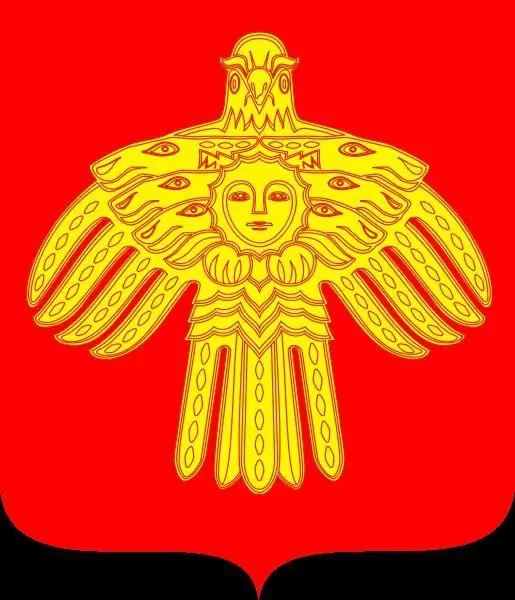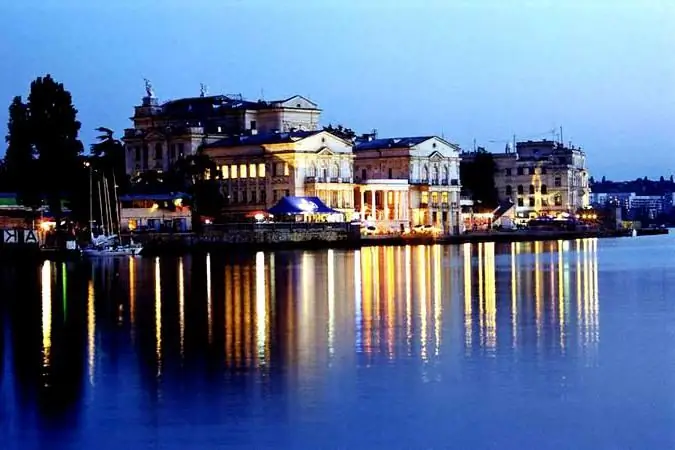- Author Harold Hamphrey [email protected].
- Public 2023-12-17 10:06.
- Last modified 2025-01-24 11:10.
The capital of Saudi Arabia, the city of Riyadh, plays an important role in the modern world. If we turn to historical data, we can see that overland trade routes and caravan routes intersected at this place. At this intersection, an artisan village was formed. Riyadh grew out of this village. In 1233 the city was destroyed by the Egyptians. But already in 1240 it was restored and surrounded by a fortress, in which there were a mosque and the palace of the ruler.

In the second half of the 16th century, after the capture of Abulaziz bin Abdulrehman Al Faisal, the city becomes the capital of a state that the Arabs are trying to create, taking advantage of the weak political influence of Turkey.
In 1744, the first Sudov state was created, which after 73 years was destroyed by the Ottoman Empire. In 1824, the second Saudi state was created by the Saudi dynasty with its capital in Riyadh. After 65 years, the country was conquered by the Rashid dynasty. In 1902, the Saudi dynasty began to attempt to regain control of Arabia with the help of Turkey and Great Britain. In 1920year the Rashid dynasty was overthrown.
Since the 19th century, there has been an active political movement for the unification of the tribes inhabiting the country, and for the liberation from Turkish rule, and the capital of Saudi Arabia becomes its center. The goal of this movement was to create a unified state with centralized power. As a result, the Kingdom of Saudi Arabia was created in 1932, the capital of which remained in the city of Riyadh.

Riyadh remained a typical Arab city until the 50s. XX century. The main building was the emir's palace. On narrow winding streets there were adobe houses with courtyards. At this time, huge oil deposits are discovered in Saudi Arabia. The country is turning into one of the richest. Mud houses are being demolished in the capital. The city is practically being rebuilt. Skyscrapers are being built. On the wide streets there are schools, hotels, shopping centers, mosques, private villas. All ministries and major state institutions are being transferred to the capital.
But the capital of Saudi Arabia has also preserved the historical sights of antiquity - the Royal Palace of Murabba and the Palace of Emirs. One of the modern sights of Riyadh is the royal stables, and races of purebred Arabian horses attract not only residents of the city, but also its guests. The most ancient attraction that has preserved its original appearance is Masmak Fort, built in 1865.

Currently the capital of Saudi Arabiacovers an area of about 1600 square kilometers and has more than 4.5 million people. Despite the fact that Riyadh is located in the center of the country and is the hottest city in the state, millions of tourists visit it every year. They are all attracted by the we alth and luxury of the city, which has grown in a short time on the "black gold", and its historical sights.
From Riyadh, a road was laid to the holy city of Muslims - Mecca. According to the laws and traditions of Saudi Arabia, whose inhabitants profess Islam, it is necessary to make an annual pilgrimage to Mecca. The inhabitants of the country strictly honor this law of the Koran.
There is also a second capital, the capital of Saudi Arabia - diplomatic - the city of Jeddah. It is located on the shores of the Red Sea, built up with modern buildings. All consulates and embassies are located in the seaside part of the city.






